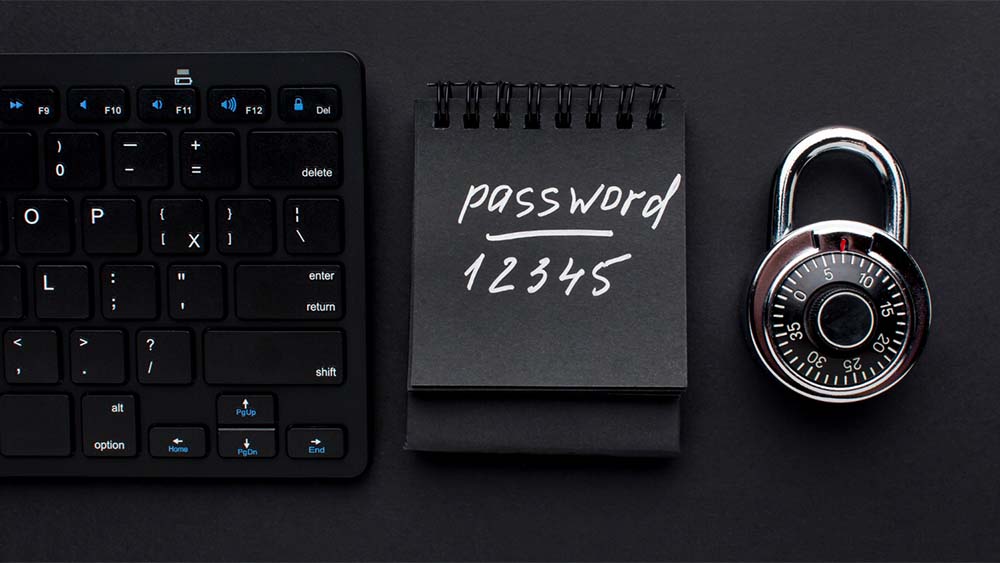As our lives are becoming increasingly digital as well, so do the tactics cybercriminals employ to attack us. One of the most espionage-like forms that they use is SMS Phishing, also known as “smishing.” Smishing involves scammers using text messages to trick people to reveal personal details or downloading malware. Due to the increasing popularity of cell phones and the growing reliance on SMS as a method of communication and a means of communication, smishing has become an increasingly common and risky danger.
In this blog we will look at the concept of smishing what it is, how it works and, perhaps most important how you can safeguard yourself from being a victim of this kind of fraud.
What is Smishing?
Smishing, which is a mix that combines “SMS” (Short Message Service) and “phishing,” is a type of cybercrime in which scammers send fake messages using text to trick people into divulging sensitive data. The aim of smishing scams is usually to obtain access to personal data, such as bank account numbers or credit card numbers passwords or any other private data.
The perpetrator usually pretends to be a reputable company, like a government agency, bank or other popular retailer and tries to convince the recipient to click an email, respond by providing personal details or download an attachment with malware.
In contrast to traditional phishing, which is usually done via emails, smishing is carried out through text messages sent via SMS and is therefore harder for the average person to recognize. Some people may not be as cautious about texts like they are with email and that’s one reason why the smishing method is extremely efficient.
How Does Smishing Work?
Smishing scams typically have a pattern that they follow but they can also vary in response to the scammer’s intentions. Here’s how a typical smishing scheme may play out:
1. The Initial Text Message
The fraudster sends a text message that seems to originate from a reliable source. It could be:
-
A bank alert, which warns you about suspicious transactions in your bank account.
-
A delivery service update claim to be having issues regarding your delivery.
-
An IRS tax officer or a government notice, informing you that you owe money, or you need to prove your identity.
-
An offer that is a special promotion that is only available for a short time or a prize with huge benefits.
2. The Call to Action
The message also includes the call to action like:
-
Clicking on a link which will open an unauthentic website that is created to end up stealing personal data (like fake login pages).
-
A request for a response with sensitive information for example, PIN numbers, Social Security number, or bank account information.
-
The phone will prompt you to download an application or file, which could create malware on your phone.
3. The Outcome
If you fall victim to fraud and click the link or give personal details, the crook could steal your personal information or even compromise your device. In certain cases the scammer might employ malware to gain access to your phone remotely or install spyware to monitor your actions.
Why Is Smishing So Effective?
Smishing can be beneficial for a variety of reasons, which include:
1. Trust and Urgency
Scammers frequently create the impression of urgency through their messages, for example saying the bank’s account was compromised, or you must verify your identity right away. This urgency is a result of our fear of missing the mark (FOMO) or the fear that financial losses could be a possibility, leading us to react quickly, without pondering the consequences.
2. Familiarity and Social Engineering
Scammers are adept in impersonating legitimate organizations are frequently in contact with like banks and government agencies as well as shipping companies. The familiar names give us the impression of security and trust which makes it more likely that we’ll accept the email without questioning the authenticity of the message.
3. Mobile Device Convenience
Cell phones remain in reach which makes SMS a quick and private communication channel. The small screen size and lack of visual clutter makes it much easier for scammers to design messages that look legitimate and increase the likelihood that the person being targeted will act in a hurry.
Common Smishing Tactics
Scammers are armed with a myriad of tricks to use when they are engaging in smishing. The most popular methods are:
1. Fake Alerts
A lot of smishing messages say that there is something not right with your bank account or credit card, or your social media account. These messages typically use anxiety to make you take action immediately. For instance:
-
“Suspicious attempted login detected in your account! Click here to protect the account.”
-
“Your bank account has been hacked. Verify your identity as soon as possible to ensure you don’t get blocked.”
2. Prize and Gift Scams
Scammers like to lure victims by promising rewards or prizes for free. They may say winning a prize from a lotto contest, or other special offer. The aim is to convince you to click a hyperlink and give personal details for you to receive your winnings which, in reality does not exist.
-
“Congratulations! You’ve been awarded an amount of $500 in gift cards. You can claim it here.”
-
“You’re the lucky one! Send us your bank details to claim the money prize.”
3. Fake Package Deliveries
Another common smishing technique is to send messages that appear to come from legitimate delivery companies for example, FedEx, UPS, or the Postal Service. The scammer might claim there’s a problem regarding your delivery and request that you follow a link or respond with your contact information to fix the issue.
-
“Your package was not delivered. Click here to request the delivery.”
-
“Your FedEx package is on hold. Check your address for delivery.”
4. Tax or Government Scams
It can also be a matter of sending messages that impersonate government agencies for example, government agencies, such as the IRS as well as local tax officials. They often state that you owe taxes, require to verify your personal details or are entitled to tax refunds, and prompt users to click on an unintentional link or give your personal information.
-
“IRS You owe the IRS 500 in back taxes. You must provide the details of your tax payment here.”
-
“Government Refund Alert Here’s how to get your tax refund.”
How to Protect Yourself From Smishing
Smishing attacks can be a challenge however, with a bit of attention and vigilance you can guard yourself from being a victim of these attacks. Here are a few key actions to keep you secure:
1. Be Skeptical of Unsolicited Texts
If you receive an unwelcome text message, in particular one that requests you to click the link, provide personal information and/or download files, treat the text message with suspicion. Make sure you verify that the text message is genuine by calling the business directly via authorized channels (e.g. or calling your bank or going to their site).
2. Don’t Click Links or Open Attachments
Beware of clicking on links in unwelcome SMS messages. Instead simply type the URL into your browser and check whether the message is genuine. Always avoid opening attachments from unreliable or unknown sources, because they could contain malware.
3. Enable Two-Factor Authentication (2FA)
When you can, make sure to enable the two-factor verification (2FA) on your most important accounts, like the online bank or your email. This provides an additional protection layer, making it difficult for criminals to gain access your accounts even if they manage to gain access to your password.
4. Report Smishing Attempts
If you get an unsolicited SMS, you should notify your mobile service provider or the responsible authority (e.g. your bank or a government agency). Many mobile service providers have mechanisms that can be used to notify smishing attempts that can ensure that others don’t fall victim to the same fraud.
5. Use Mobile Security Apps
Install a reliable mobile security app to safeguard your phone from being targeted by smishers as well as other dangers. Security apps often have anti-phishing tools that detect and block messages that are suspicious prior to reaching you.
Conclusion
Smishing can be a serious and ever-growing type of cybercrime targeting people using mobile phones through fake SMS messages. Understanding how smishing works and recognizing the indicators of fraud and avoiding it, you will greatly reduce your chance of falling prey to such attacks. Be cautious, think before clicking on links, or downloading attachments. Report any suspicious emails to protect yourself and your loved ones from this constantly evolving danger.








